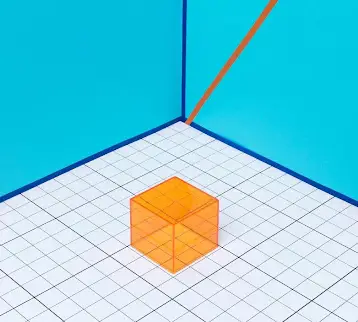The Synthetic Adhesive Project, which is supported by the National Science Foundation, has explored the usage of hard plastic microfibers in the creation of a gecko-inspired adhesive. The plastic material itself is not sticky. However, millions of microscopic contacts on the tape’s surface work together and make the tape adhere to a surface. The number of contacts automatically increases to handle higher loads. One major advantage of the hard plastic gecko-inspired adhesive is that in contrast to conventional adhesive tapes, no residual glue remains on a surface when the tape is removed.
While previous researches focused on making stronger gecko-inspired adhesives, there was also a need for an easy grip and release mechanism. The reported gecko-inspired synthetic adhesive is the first hard polymer microfiber adhesive which can attach to a surface without requiring high pressure. This makes it very practical, since the adhesive releases easily when the sliding force is removed. Although the present microfiber array works only on smooth surfaces, future versions (which may work on different surfaces as well) could be useful for medical and sporting equipment, and may even be integrated into climbing robots.
|
Similarly to the gecko’s natural setal array, the newly developed microfiber array is a shear-controlled smart adhesive. Contact area increases with increased shear load and virtually disappears when shear load is removed. This results in the desired controlled attachment and detachment ability. According to the researchers, this innovation for clean release and reuse has not been demonstrated before (at least not with a hard microfiber array). Furthermore, they coined the term ‘reworkability’ in order to describe the property of multiple uses, and emphasize its importance for gecko-inspired climbing. Their hope is to create an adhesive in which a slip can increase the shear force, and an animal, human, or robot will be able to recover from a slip without falling during climbing.
TFOT has also covered the Waalbot, the wall climbing robot, and the Gekkomat, a fully functional prototype of a gecko-like climbing device that uses vacuum and friction principles to “stick” to a wide range of surfaces. Another related story is the discovery of nature’s strongest “super glue”.
The comparison to geckos was made not only because of the tape’s similarity to the gecko’s special ability to “walk on walls”, but also because five out of seven key properties in gecko adhesives were demonstrated during the research. For detailed information on the gecko-inspired adhesive material, see the project’s website.
Top Image: Gecko foot (Credit: Berkeley University / Kellar Autumn).












